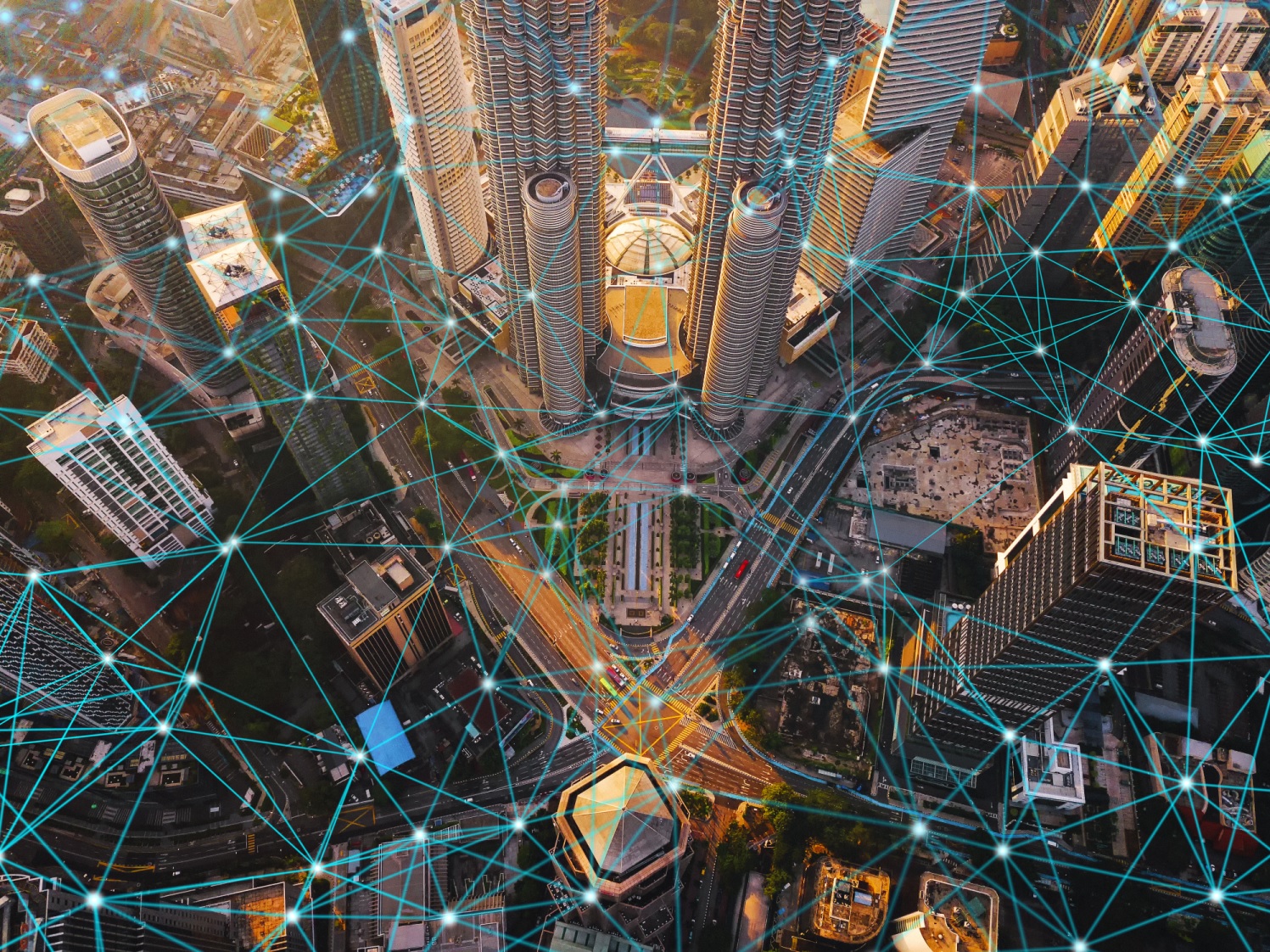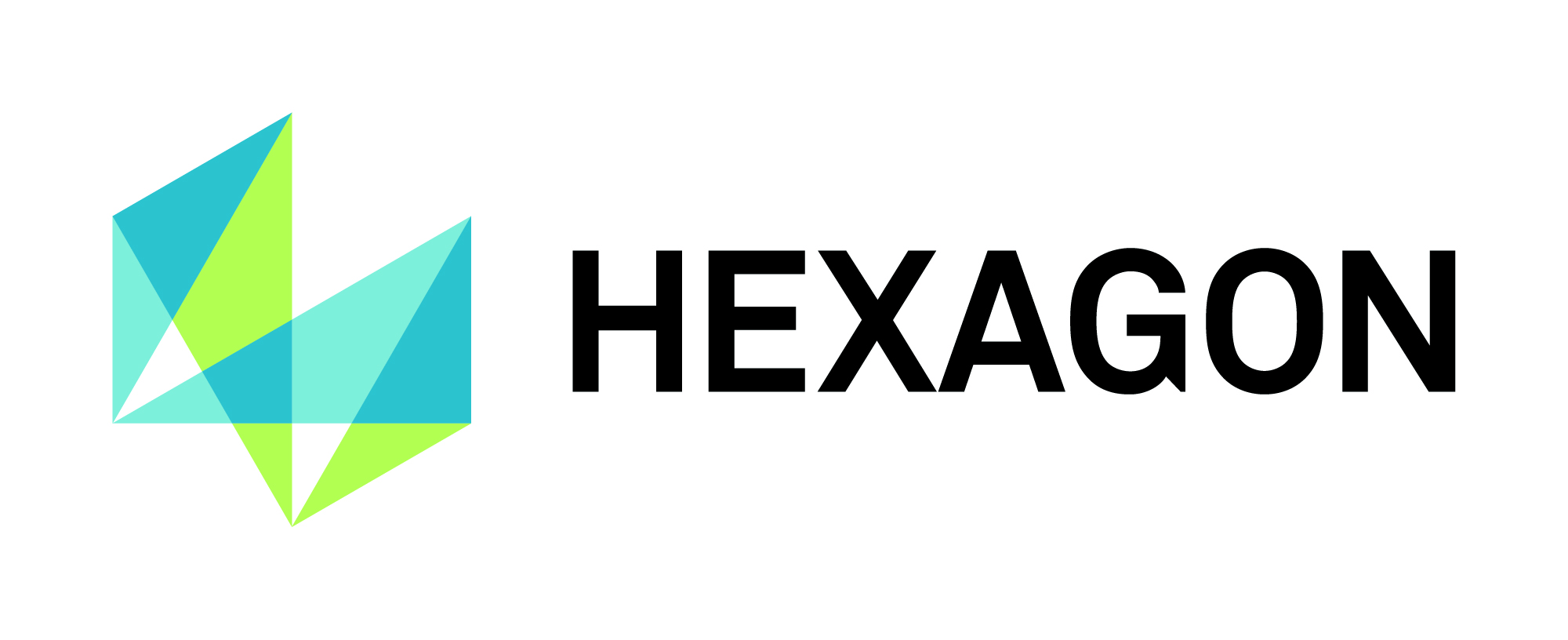
Photo: AdobeStock_256617503
Modernizing city mechanics with digital twins
10 October 2023
Author: Dr. Uwe Jasnoch, director, EMEA Government, Transportation & Defense, Hexagon’s Safety, Infrastructure & Geospatial division
The world’s urban population is predicted to grow to 6 billion by 2045, making it urgent for city leaders to move quickly to plan for this expansive growth. Ensuring citizens continually gain access to basic services and affordable housing, along with addressing aging infrastructure, is going to be paramount.
Effectively addressing these larger demographic trends requires a new way of thinking when it comes to urban planning. Today’s city leaders must care for and monitor existing infrastructure, while also making plans to improve and build new infrastructure in the future.
This is no small challenge, and success comes down to enhancing city interactions and the mechanics behind it to bring new projects to life. Modernizing and digitizing all urban planning efforts through the use of digital twins offers a viable path forward.
Introduction to digital twins
Digital twins have emerged as a way to provide a virtual replica of a product, a service or even an urban process. They are becoming rapidly indispensable to know the pulse of a city in real-time. However, as the concept of digital twins is relatively new in the context of cities, there is still a lot of confusion around what a digital twin is and what it can do.
While some refer to the term “digital twin” as a simple 3D model, a true digital twin pulls together several existing mature technologies that, when used comprehensively, provide cities with unprecedented insights and actionable information.
A true urban digital twin consists of multiple layers. The first layer is a digital replica of the city. From there, data from sensors, alarms and other devices is added. Then artificial intelligence (AI) can be applied to the data to forecast and create simulations.
An urban digital twin is the combination of these different layers, which provides the most comprehensive picture for solving future challenges and creating real value for city officials and residents.
In addition, digital twins provide tangible outcomes for cities. Benefits range from process efficiencies and higher productivity to moving to a sustainable and circular economy. In terms of overall financial outcomes, a 2021 report from ABI Research stated that cities are expected to save $280 billion by 2030 by using digital twins for more efficient urban planning.
Some of these savings can be achieved by avoiding expensive modifications after the completion of buildings and other physical infrastructure, as well as through savings achieved through energy-efficient building design and more.
Using digital twins for urban planning

Faced with significant population growth challenges, urban digital twins can help cities to identify potential issues, as well as simulate, analyze and predict solutions quickly and cost-effectively, before applying these insights in the physical world.
By using an urban digital twin, city administrators can make more informed decisions, improve quality of life for residents and enhance the overall sustainability and resilience of a city.
This has never been more important because of climate change – especially when it comes to underground infrastructure. As we have all seen, climate change is causing heavier rainfalls, which creates, for example, vulnerabilities in many old sewer systems. Landslides can also impact gas and water networks, creating potential sinkholes or gas explosions.
Fortunately, today’s digital twins can help in detecting potential failures in aging infrastructure before they occur. For example, satellite radar imagery can identify trends in the displacement of the ground, which can predict problems underground such as a sewage leak.
AI can also be woven in for identifying segments with a high likelihood of failure due to millimeter-scale ground movements so operators can quickly determine the locations of concern and act upon the information.
Enhancing city interactions
Urban digital twins not only enhance the overall mechanics of how a city functions, but they also impact how government and city planners interact with citizens. From creating smart transportation programs and enhancing environmental sustainability to urban greening efforts and reducing pollution, digital twins can drive forward all of these citizen life-enhancing efforts.
They make it possible to connect key stakeholders more to the overall planning process. Digital twins provide an opportunity to share digital plans with citizens, local business owners and other stakeholders in a more streamlined fashion.
Placing an architectural model of a new building or infrastructure plan, as well as sustainability and transportation projects on an urban digital twin, immediately shows the effects – both aesthetically and functionally. This creates more transparency with all stakeholders, while also garnering more public participation and understanding for any new urban-related project.
Digital twins in action
Many cities around the world are already embracing digital twins for promoting sustainability and enhancing the overall quality of life for citizens.
For example, authorities in Spain are building the country’s first digital twin of Campo de Cartagena, a natural coastal region in Murcia.
When completed, the digital twin will make visual comparisons of changes to water, vegetation and the environment over time. It will also run simulations to predict and prevent disasters, including flooding, pollution and the effects of climate change, as well as the modeling the impact of urban growth.
In addition, Stuttgart, Germany, is developing a digital twin platform that will visualize and analyze data from IoT sensors across the city to promote sustainability and enhance quality of life for its 600,000 citizens. It will be used to monitor water quality, flood levels and parking space occupancy – enabling the city to optimize operations and make informed decisions for their future.
While all the key indicators point to urban areas being much denser in the future – along with dramatic impacts from climate change – it is possible for any global city leader to modernize all urban planning efforts.
In the end, digital twins can help any city get prepared to not only manage future challenges, but also ensure that all citizens live in safe, connected and intelligent cities.
Learn about Hexagon’s urban digital twin solutions.
Brought to you by:
Photo: AdobeStock_256617503












